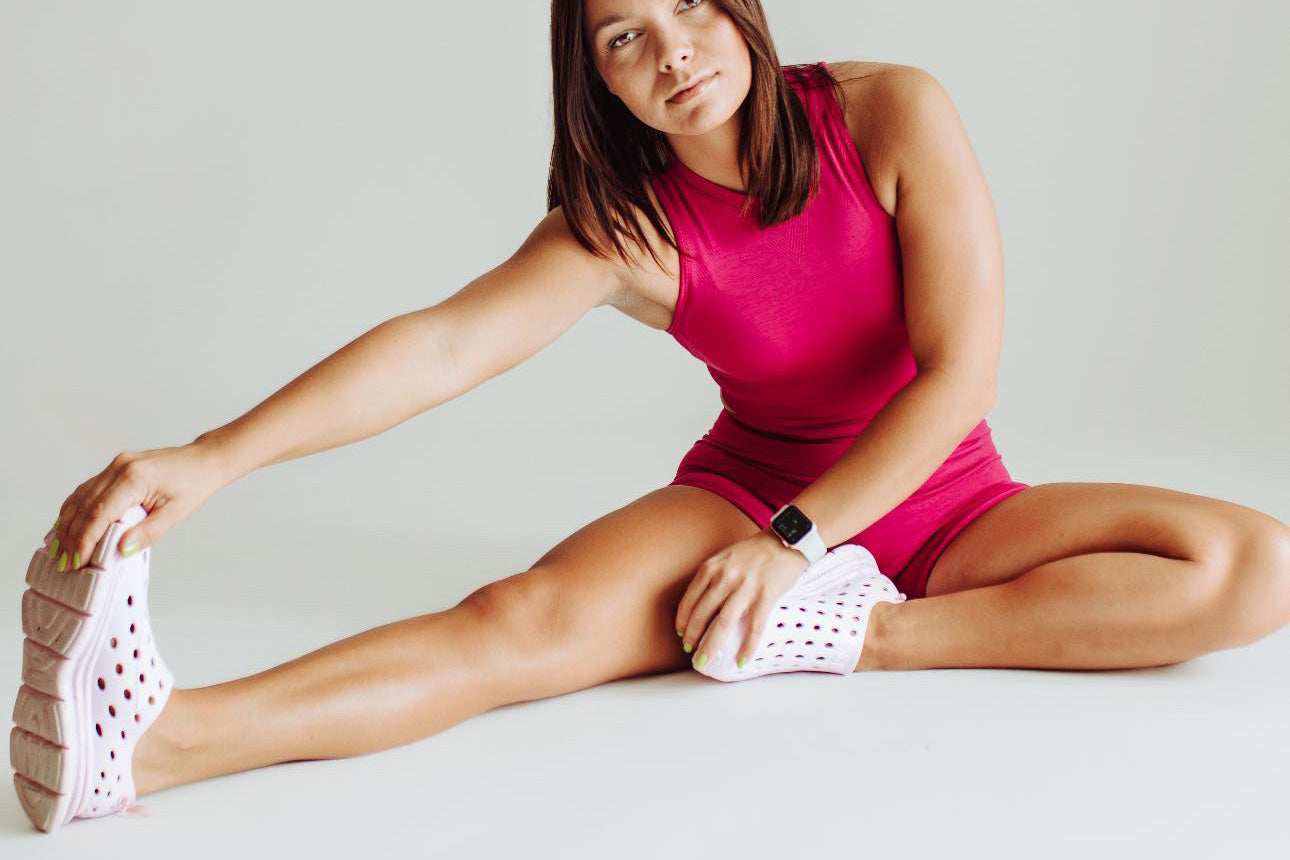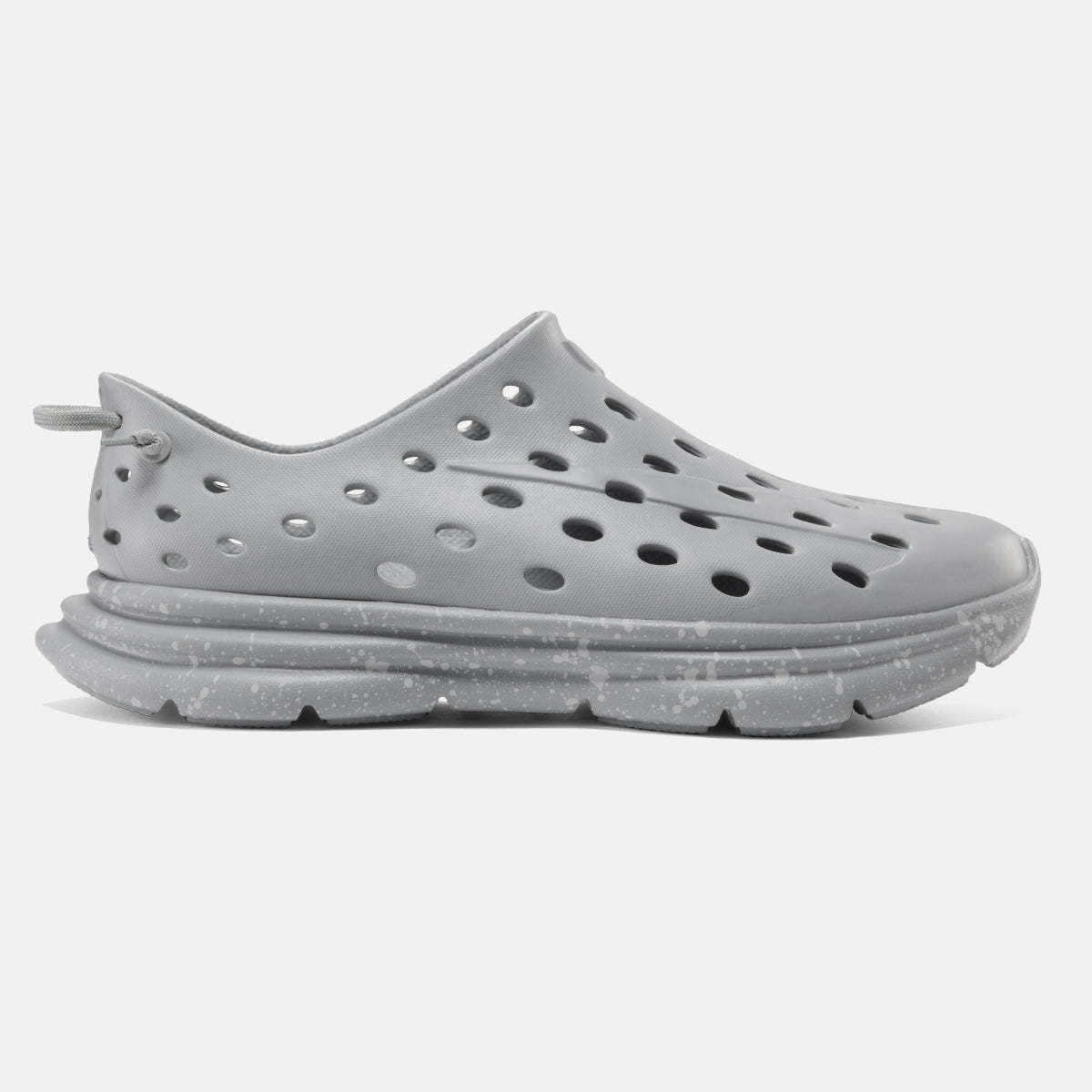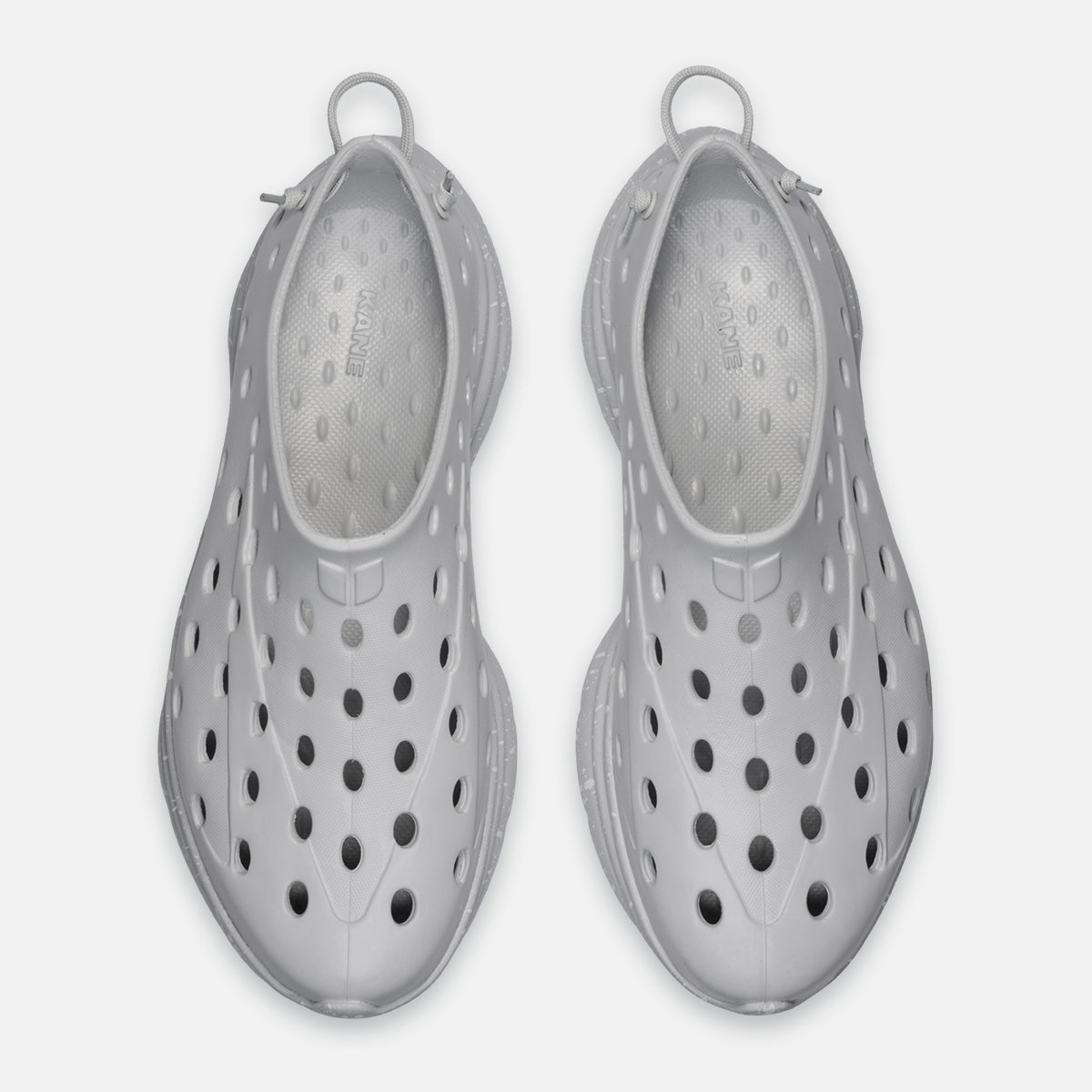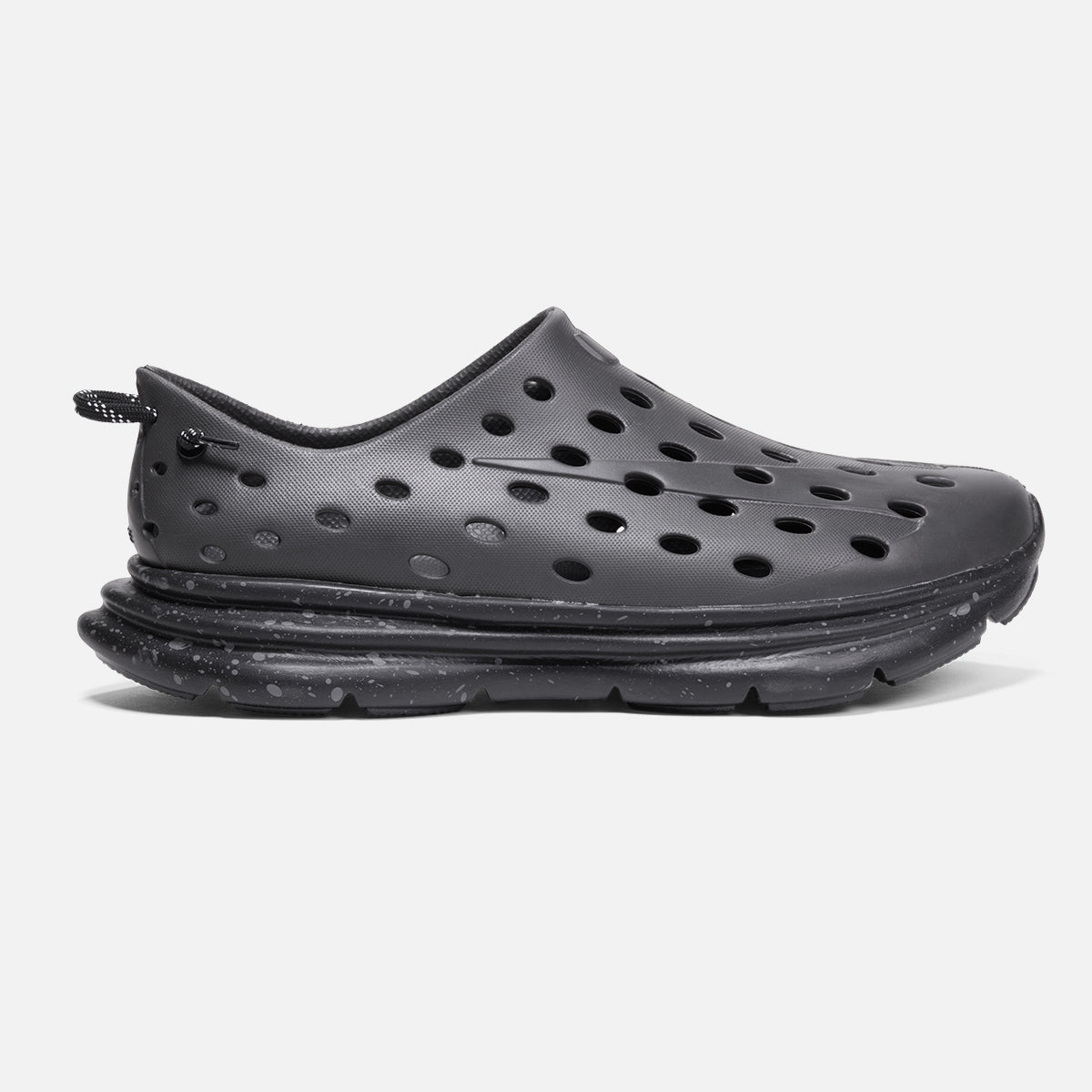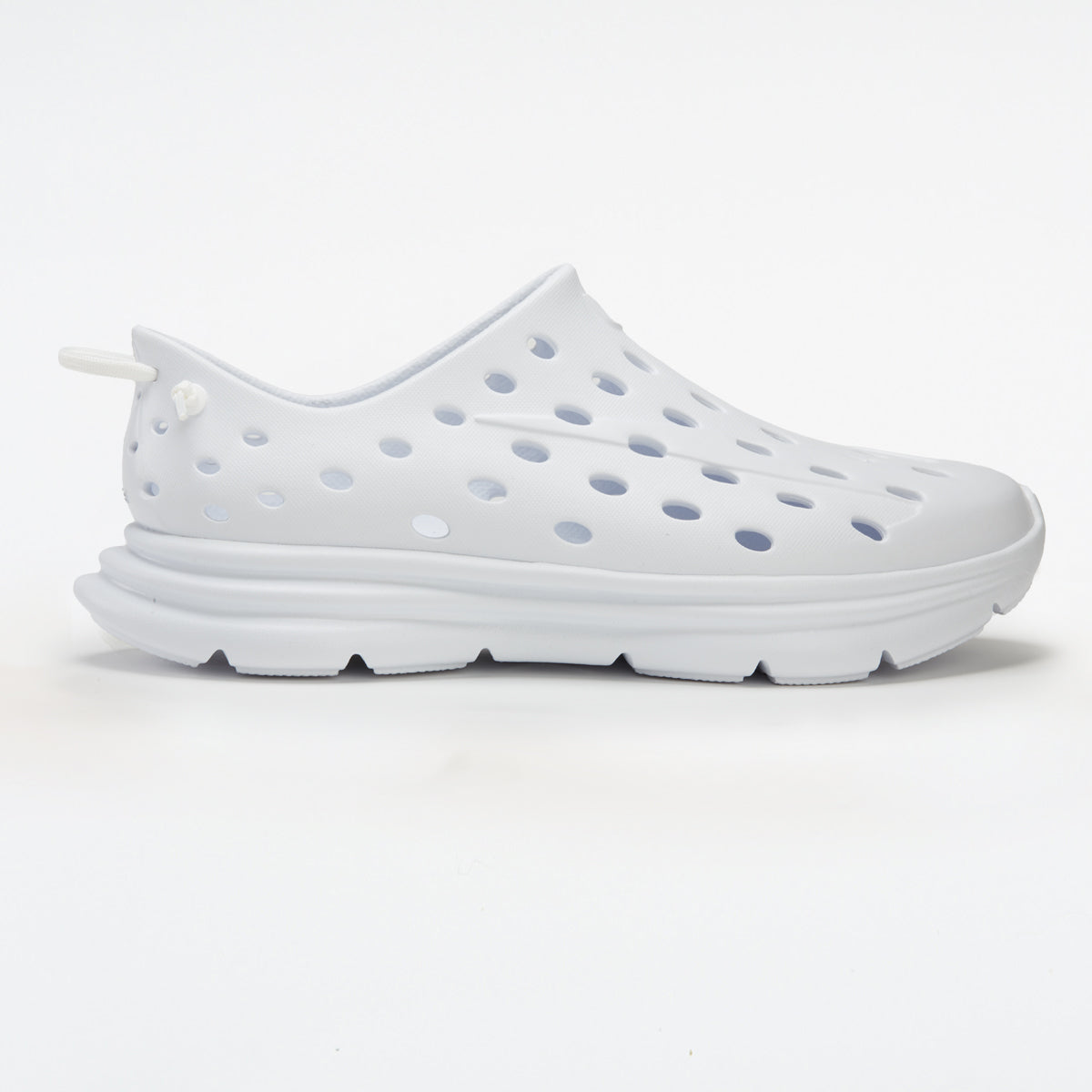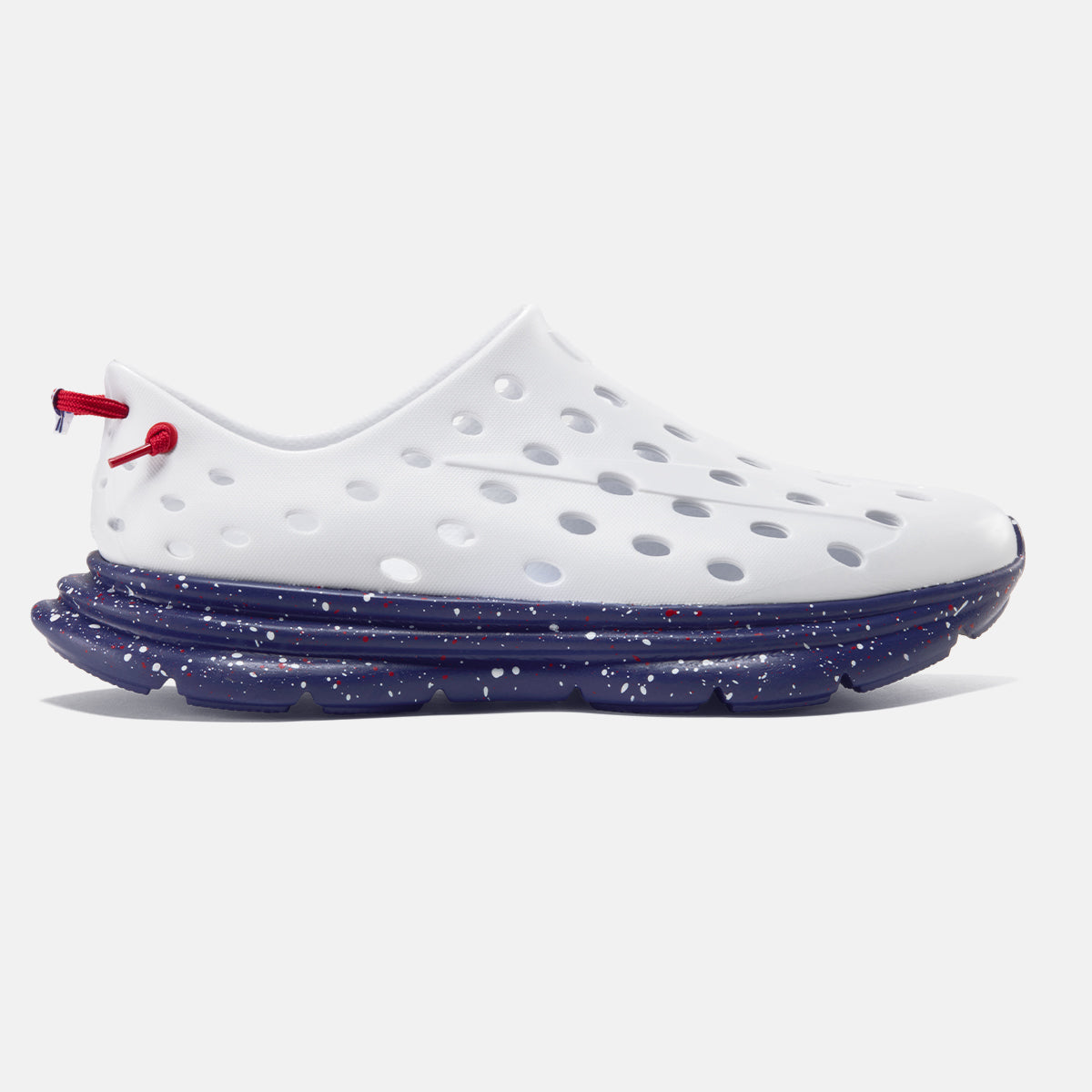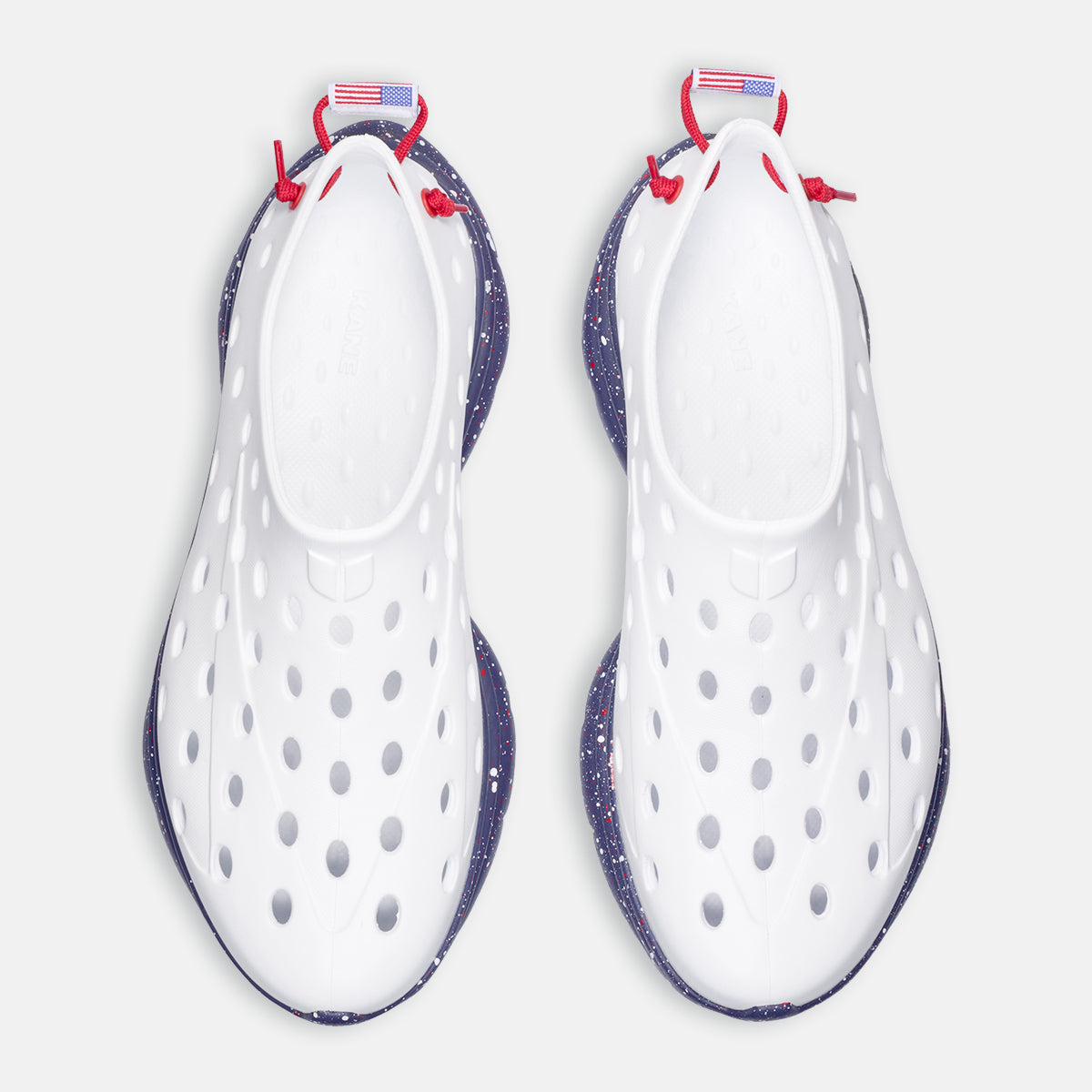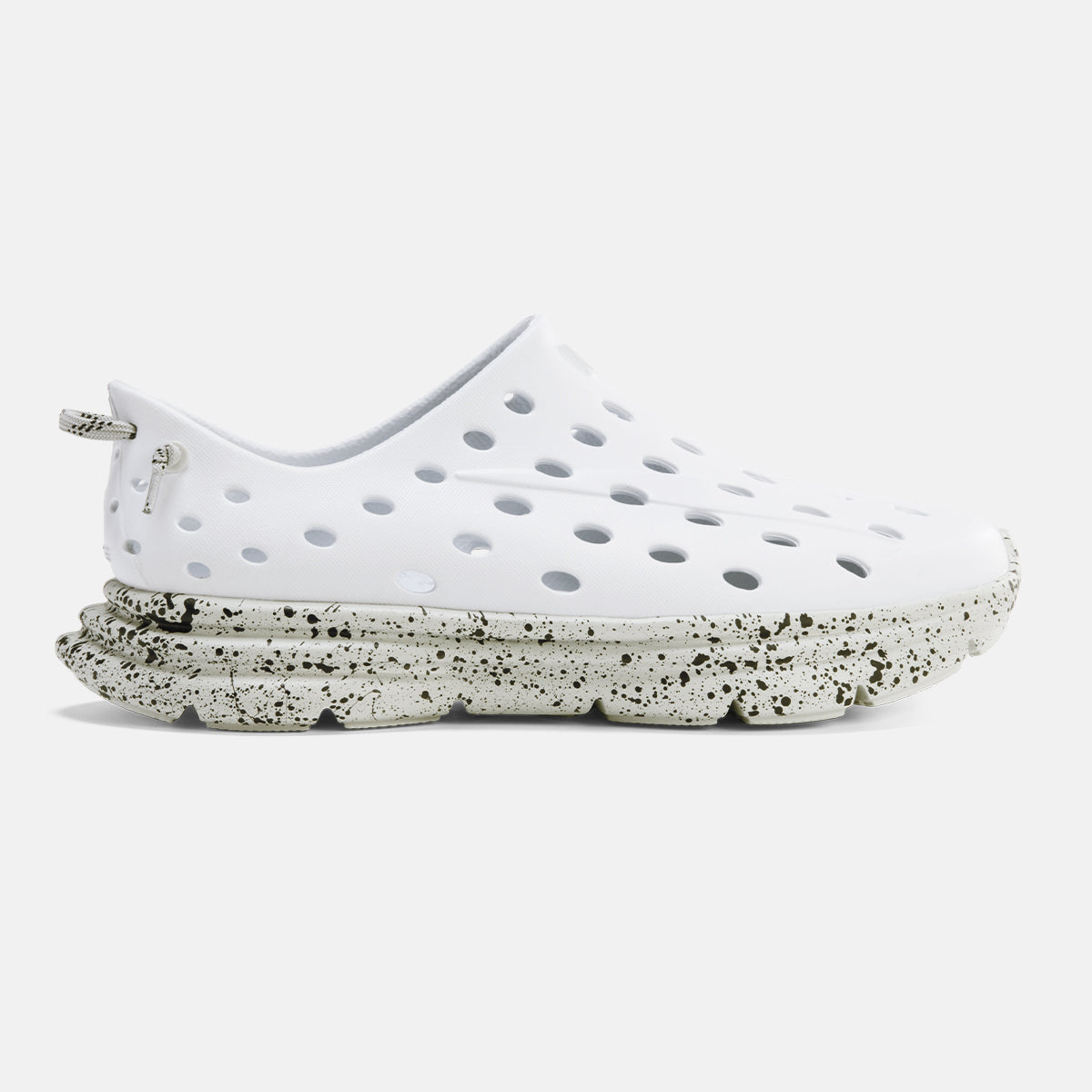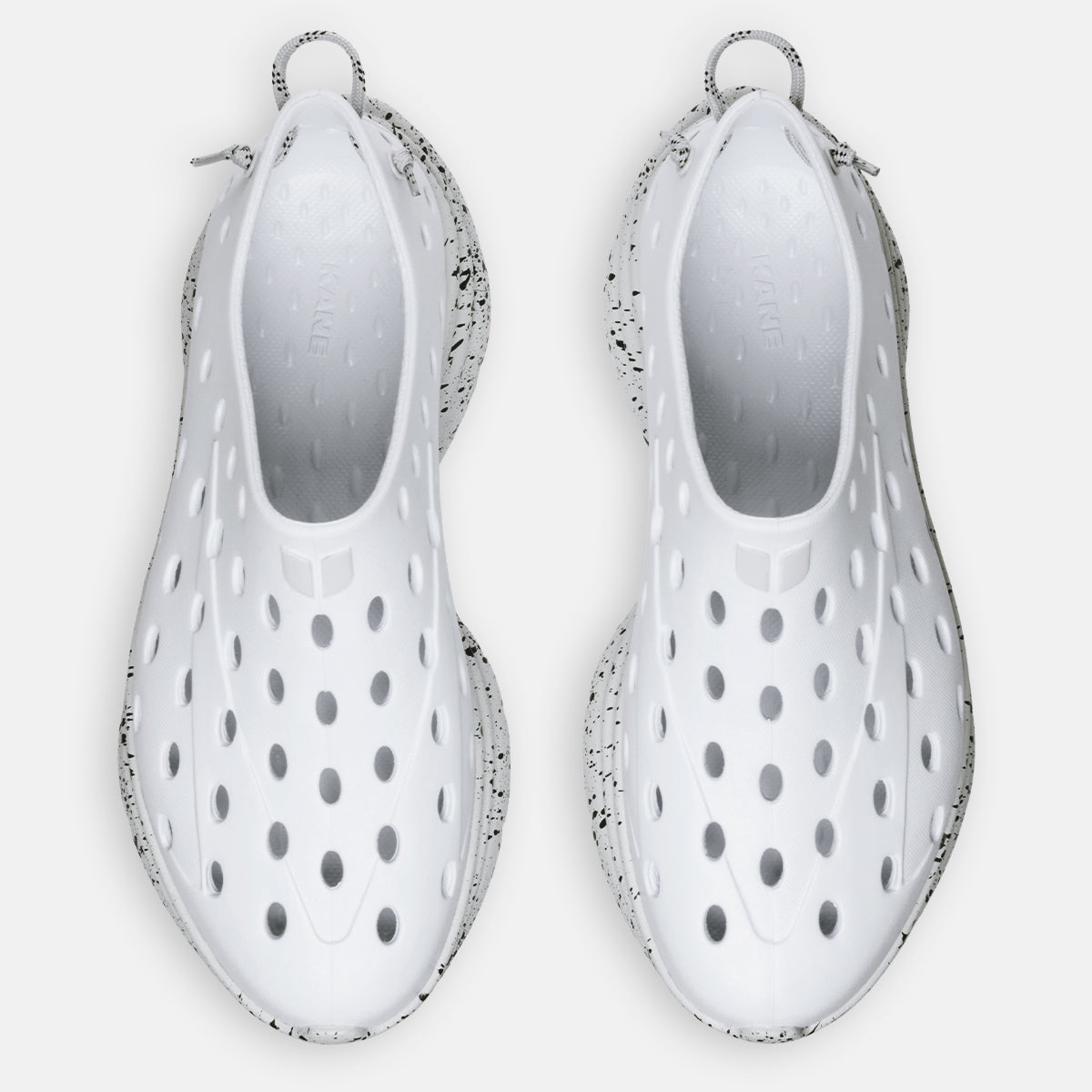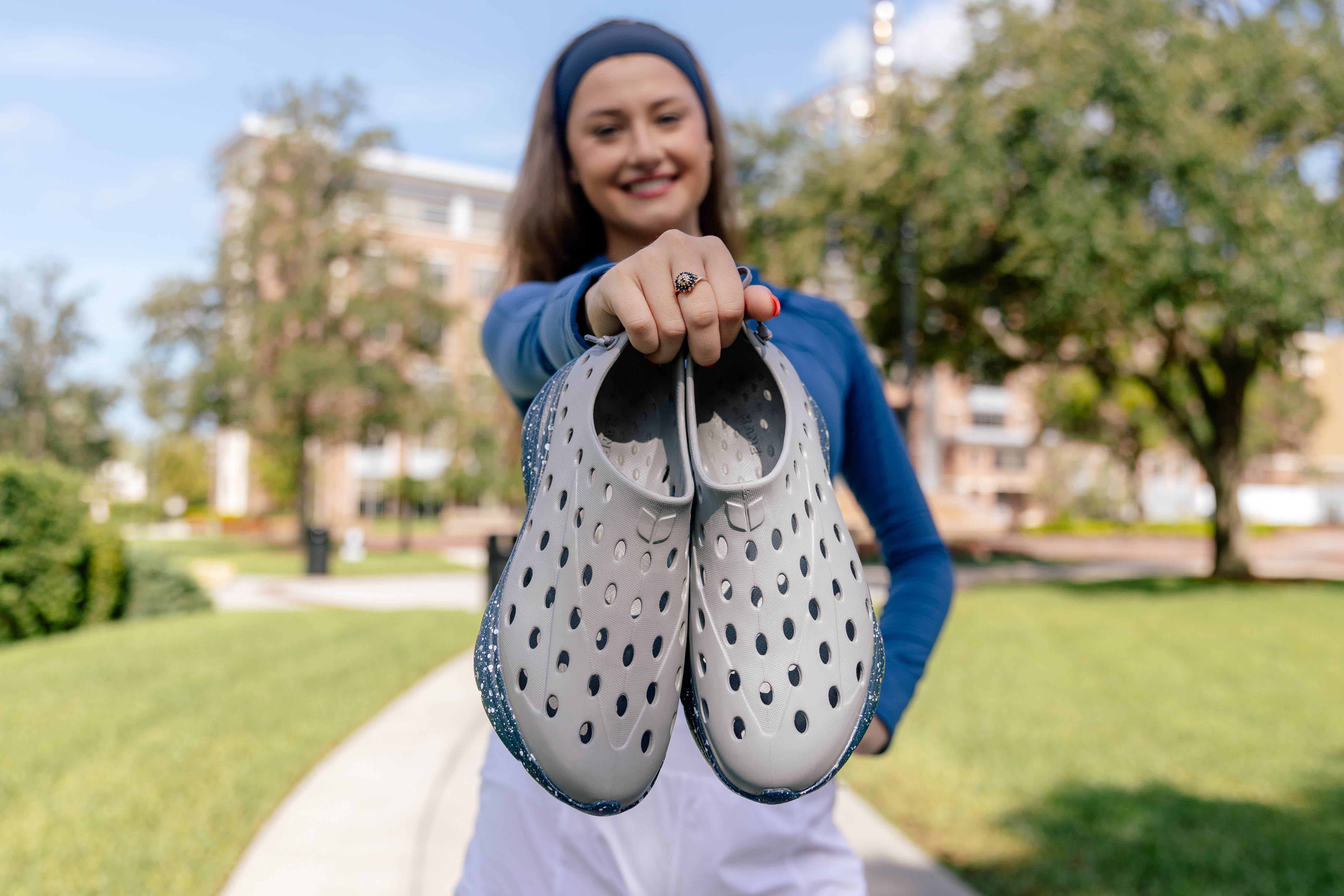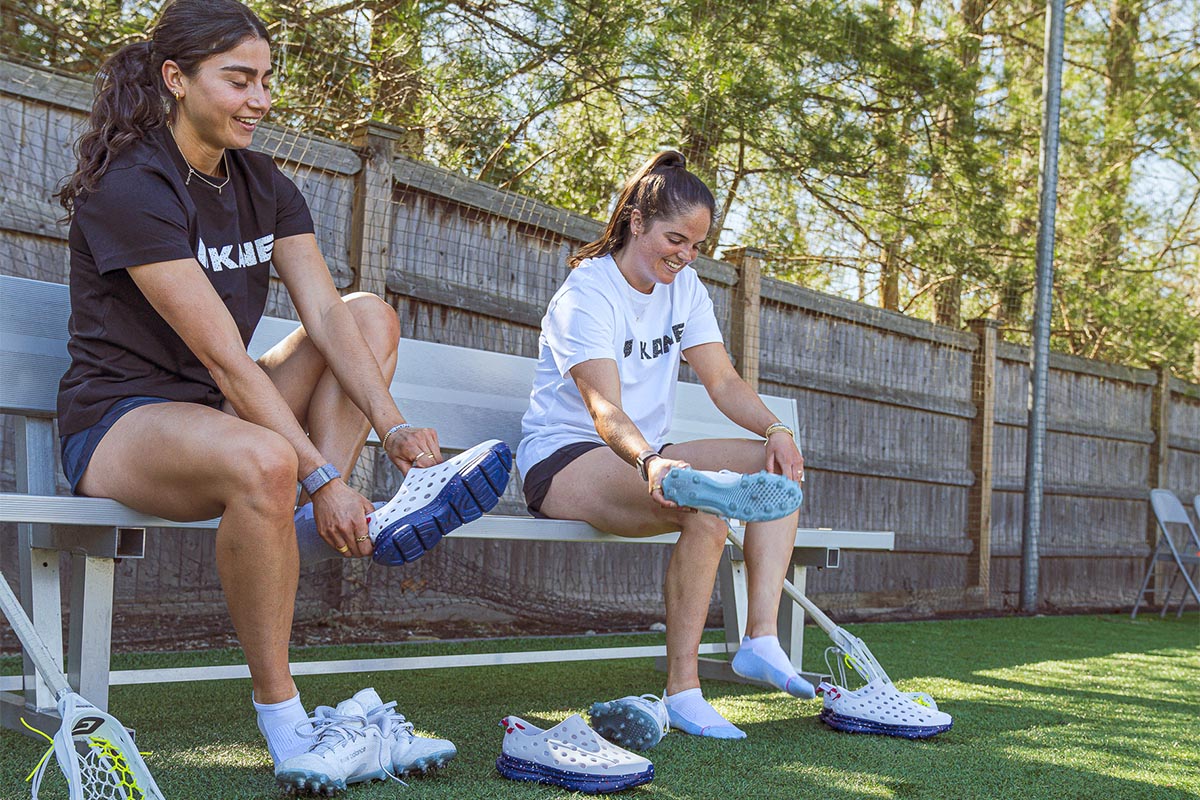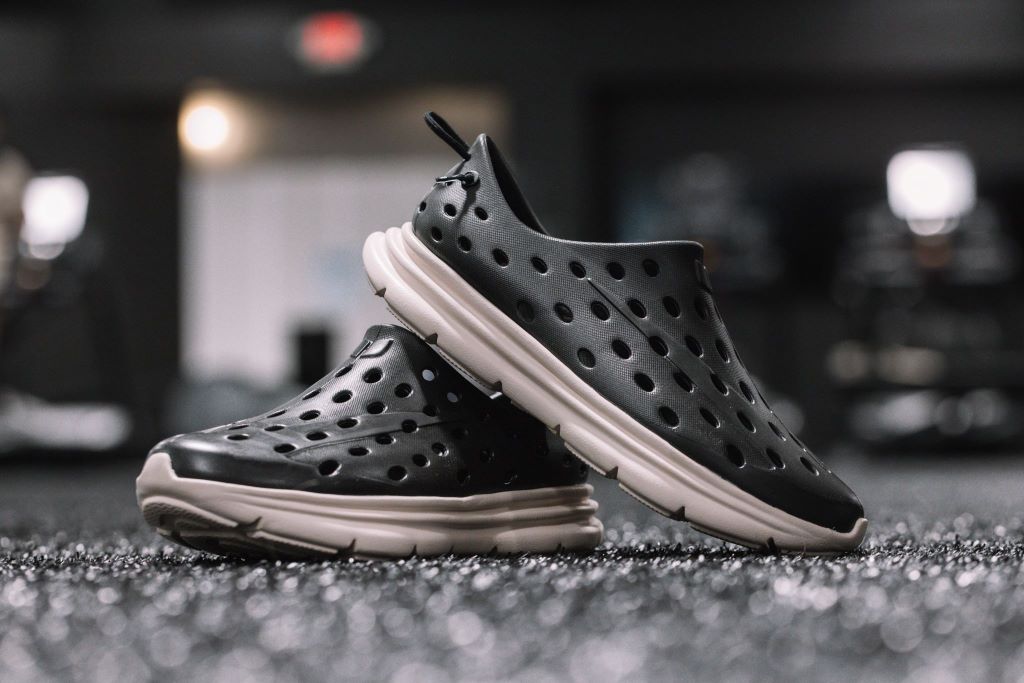Many runners describe a feeling of euphoria after a run. Often, they'll attribute their dedication to their sport as an addiction to that post-run feeling. It's most commonly called "runner's high."
Runner's high refers to a feeling of euphoria or a sense of well-being that some individuals experience during or after intense exercise, particularly aerobic activities like running. It is often described as a state of heightened energy, reduced pain perception, and a sense of elation or happiness.
What causes runner’s high?
The exact cause of runner's high is not fully understood, but it is believed to be associated with several factors, including:
1. The release of endorphins
Endorphins are natural chemicals produced by the body that act as neurotransmitters in the brain. The term "endorphin" is derived from "endogenous" (meaning originating within the body) and "morphine" (a potent pain-relieving medication).
Endorphins are part of the body's natural pain management system and are released in response to various stimuli, including physical exercise, stress, pain, and certain pleasurable activities. They play a key role in reducing pain perception and promoting feelings of well-being and euphoria. Sounds good, right?
Endorphins are thought to bind to opioid receptors in the brain, which can induce feelings of pleasure and reduce the perception of the pain of running.
2. Other neurotransmitters, including endocannabinoids
In addition to endorphins, other neurotransmitters, and chemicals might also play a role in runner's high.
For example, exercise can increase the production of endocannabinoids, which are similar to the chemicals found in cannabis and can contribute to an overall sense of well-being.
Exercise can also lead to the release of dopamine, a neurotransmitter associated with reward and motivation, which might also contribute to the positive feelings experienced during runner's high.
Before you lace up your shoes: Not everyone experiences runner’s high
It's important to note that not everyone experiences runner's high, and the intensity and duration of the effect can vary among individuals. Factors such as fitness level, exercise intensity, duration, and individual neurochemistry can all influence the likelihood and intensity of experiencing runner's high.
Don’t let “runner’s high” cloud your judgment
If you do experience runner’s high, it may contribute to your love of your sport, which is great. However, becoming too hooked on that feeling can result in overtraining, i.e. pushing yourself too far, too fast.
Find time to rest
Don’t let feelings of euphoria cloud your judgment: You still need rest days. Indeed, adequate recovery time, or rest days, is key. Here are a few reasons why rest days are so important:
- Recovery: Rest days allow your body to recover by repairing damaged tissues and building new muscle fibers.
- Injury prevention: Overuse injuries such as stress fractures, tendinitis, ankle injuries and muscle strains are common among runners. Rest days can help to prevent these injuries by giving the body a chance to heal and recover.
- Mental health: Don’t forget the mind/body connection! Rest days can also be beneficial for mental health by providing a break from the physical and mental demands of running.
- Performance improvement: Yes, with adequate rest, you'll actually perform better! When the body is given time to recover, runners can often perform better and see improvements in their speed and endurance.
It's important to remember that rest days don't necessarily mean "doing nothing." You can engage in active recovery, such as stretching, foam rolling, or low-impact exercises like swimming or gentle cycling, to help promote blood flow and aid in recovery.
On rest days, try Kane Recovery Shoes
The Kane Revive shoe provides superior support coupled with precise biomechanics. The proprietary blend of EVA, a 10mm heel raise, and arch support ensure an easy transfer from heel to toe, allowing foot and leg muscles to recover.
Warm up before a run and cool down afterward
We know you're keen. to get out the door, but find a few minutes to warm up first. Warming up with stretching exercises before running helps prepare the body for exercise by gradually increasing heart rate, blood flow, and body temperature. This helps reduce the risk of injury and improves performance by priming the muscles and joints for activity.
Cooling down after running helps the body gradually return to its resting state by lowering heart rate and blood pressure, and preventing blood from pooling in the legs. Gentle stretching exercises help reduce the risk of injury and stiffness and promote recovery.
Don’t chase that high through pain
Finally, runners can sometimes be tempted to “run through the pain” — and runners addicted to “runner’s high” are especially susceptible. However, if you’re in pain, do not ignore it. It may worsen and require an even longer rest and recovery period. In general, always see a healthcare provider if you experience pain that is:
- Acute - preventing mobility or keeping you awake at night
- Persistent - lasting for many days and not responding to RICE therapy
- Worsening - getting worse instead of improving
Also, know that flat feet may cause pain elsewhere including heel pain, pain in the knee joints, lower legs, and more. No matter where the pain occurs, seek help.
A doctor can perform a physical examination, order imaging tests if necessary, and provide a diagnosis and treatment plan to help you manage pain and continue running safely.



































